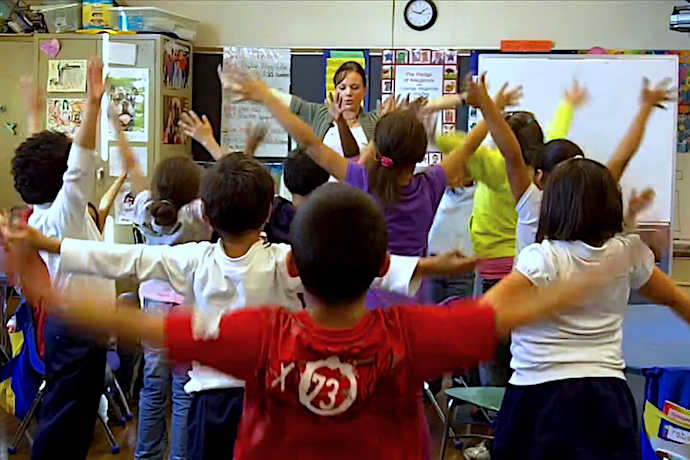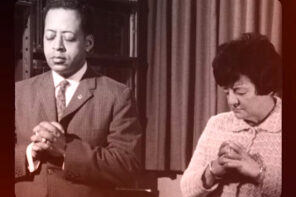Alabama’s latest round debating yoga should come as no surprise. Earlier this week, the state’s Senate Judiciary Committee vote on whether to overturn a ban on yoga in public schools ended in a tie. For now, Alabama schools cannot legally teach yoga as part of the public-school curriculum. Other states, such as California, do allow yoga, despite parents raising similar concerns about yoga’s ties to religion.
The central issue at stake is whether state endorsement of yoga entails state endorsement of religion, in violation of the Establishment Clause of the First Amendment. Stake-holders on both sides tend to oversimplify—focusing solely on yoga’s Hindu roots or worse, reducing the question to whether everybody who does yoga converts to Hinduism. The bill’s sponsor, Democrat Jeremy Gray, defended yoga by insisting: “I’ve been doing yoga for 10 years and I go to church and I’m very much a Christian.”
Gray’s defense misses the point that church-going Christians hold all sorts of religious beliefs in tension with historic Christianity. According to the Pew Research Center, for example, 61% of U.S. Christians share at least one “New Age” belief—such as reincarnation, astrology, or psychics. Although just 0.7% of Americans identify as “Hindu” and 0.7% as “Buddhist,” 7% say that Hindu teachings and practices, and 12% say that Buddhist teachings and practices, have an important influence on their thinking about religion or spirituality.
The increasing popularity of yoga—with participation rising from 3% of U.S. adults in 1975 to 15% in 2016—may help to explain recent shifts in the religious landscape. Between 2007 and 2014, the Christian share of the U.S. population dropped from 78% to 71%, while the number of religiously unaffiliated jumped from 16% to 23%. Survey research suggests that the longer one participates in yoga, the more likely one is to pick up new religious ideas or change religions.
The legal question is not just whether yoga will change anyone’s religion. The constitutional test is stricter: public schools cannot endorse or discourage religion—whether that religion is Christianity, Hinduism, or even “religion in general” over non-religion.
The religious issues are considerably more complex than most people realize, as I explain in my book, Debating Yoga and Mindfulness in Public Schools: Reforming Secular Education or Reestablishing Religion?. Yoga’s historic roots in religion are not only Hindu, but also Buddhist, and Jain. The postural forms popular in modern studios—and public schools—blend religious beliefs and practices imported from Asia with home-grown metaphysical religion: Western esoteric gymnastics, Theosophy, New Thought, Transcendentalism, Christian Science, and the “burgeoning New Age movement.”
In opposing Alabama’s yoga bill, Becky Gerritson, director of Alabama’s Eagle Forum, may come close to the mark. Not only does introducing yoga in schools risk endorsing religion, it’s not a risk that needs to be taken, since “students can do stretches now in school.” If children can stretch already, and the proposed yoga programs consist of nothing more than stretches—the proposed bill limits yoga to “poses, exercises and stretching techniques”—then why is Gray insistent on calling the stretches “yoga”? Why is it necessary to exclude “chants, mantras, and ‘namaste’ greetings” (often translated as “The Divine within me bows to the same Divine within you”) if yoga is already divorced from religion?
One of the yoga bill’s most vocal supporters, president of Universal Society of Hinduism Rajan Zed, has elsewhere argued that yoga sales taxes are a “religious infringement” because yoga is a form of “orthodox Hindu philosophy” by means of which “the human-soul (jivatman) unite[s] with the universal-soul (paramatman).” Yet, Zed now argues that yoga will do nothing to promote Hinduism?
Regardless of how Alabama resolves its latest bout on yoga, it seems unlikely that controversies over yoga—or the often-paired practice of mindfulness meditation—will disappear any time soon. Indeed, the American Center for Law and Justice (ACLJ) has recently renewed its objections to mindfulness. Yoga and mindfulness point to a key cultural divide over freedom to practice—or abstain from practicing—religion without the subtly coercive pressures of the state.





